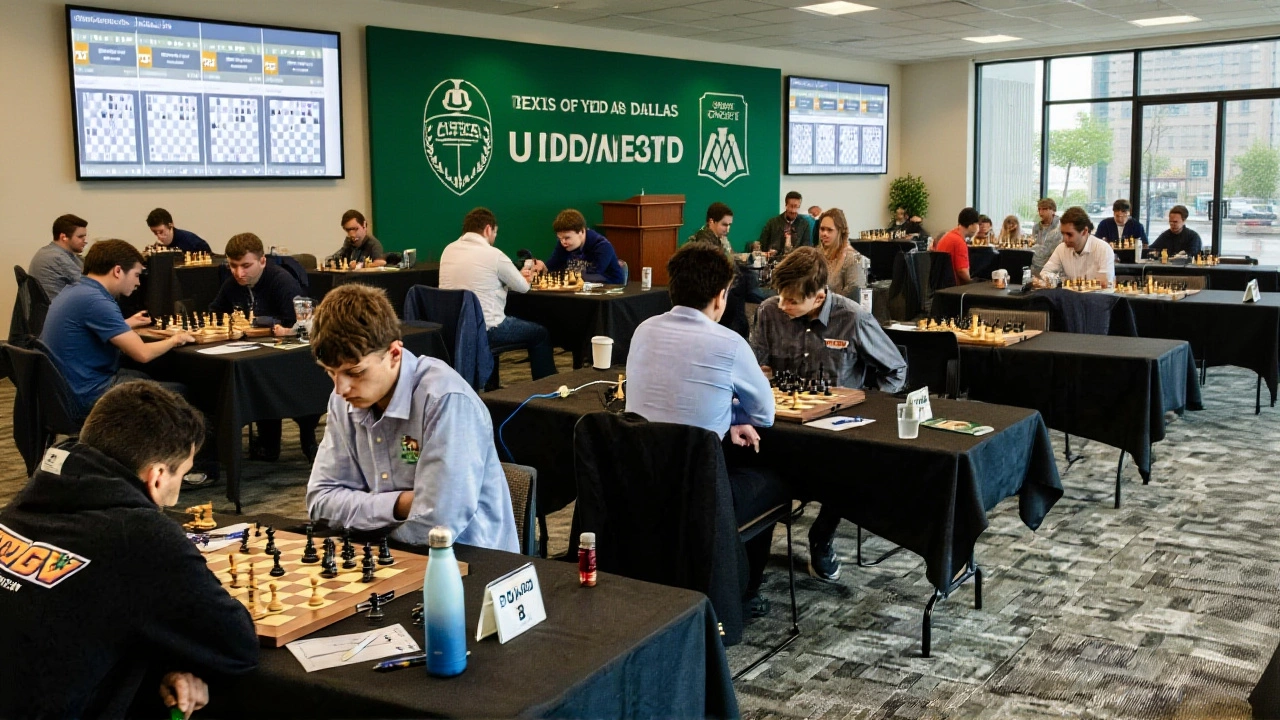University of Texas Rio Grande Valley – Your Gateway to College Sports and Careers
When talking about the University of Texas Rio Grande Valley, a public university in South Texas that blends research, community outreach, and competitive athletics. Also known as UTRGV, it serves a diverse student body and fields teams that compete in the NCAA, the national governing body for college sports. The campus also houses a growing motorsport engineering program, giving future race engineers hands‑on experience with high‑performance vehicles.
UTRGV’s athletics program isn’t just about football or basketball; it includes track, soccer, and even emerging e‑sports clubs. This breadth mirrors the university’s academic philosophy: students gain a well‑rounded skill set that includes physical conditioning, strategic thinking, and teamwork. For example, a student‑athlete in the football program develops the same quick reflexes and endurance that race drivers need on the track, highlighting a direct link between collegiate sports and professional motorsports. The university’s partnership with local racing teams also creates internship pipelines, turning classroom theory into real‑world practice.
One of the biggest advantages of studying at UTRGV is the access to industry‑focused facilities. The motorsport engineering labs feature simulators, data‑analysis software, and workshop spaces where students can build and test components under professional supervision. These resources support projects that range from vehicle dynamics studies to safety‑equipment design—areas that directly echo the safety concerns discussed in rally racing articles. Graduates often find roles with racing teams, automotive manufacturers, or research institutions, showing how a college education can launch a high‑speed career.
How UTRGV Connects Sports, Safety, and Professional Growth
Safety is a core theme across both campus athletics and motorsport activities. The university’s sports medicine department adheres to NCAA‑approved protocols, ensuring that injuries are treated promptly and that athletes receive proper rehabilitation. Similarly, the motorsport engineering curriculum emphasizes crash‑simulation and impact‑testing, mirroring the rigorous safety standards of rally racing. By embedding these practices into the curriculum, UTRGV teaches students to prioritize well‑being while pursuing peak performance.
Beyond the field and the garage, UTRGV encourages community engagement. Student clubs organize charity runs, local high‑school coaching clinics, and automotive expos that bring the excitement of racing to the broader community. These events reinforce the university’s mission to serve the Rio Grande Valley region while giving students real‑world communication and leadership experience. Whether you’re cheering at a basketball game or watching a student‑built car test its limits, you’re part of a network that values both competition and collaboration.
For prospective readers, the collection below showcases how UTRGV’s environment fuels diverse stories: from a deep dive into a Cameroonian midfielder’s transfer clause—which mirrors the business side of sports contracts—to an analysis of why BMW steers clear of Formula 1, reflecting strategic decisions that also shape university program choices. You’ll also find perspectives on whether race drivers are athletes, a topic that resonates with UTRGV’s student‑athletes who balance physical training with technical study. Each article illustrates a facet of the vibrant ecosystem that UTRGV nurtures.
In short, the University of Texas Rio Grande Valley serves as a nexus where academic rigor, athletic ambition, and motorsport innovation intersect. The pages that follow will give you a closer look at the stories, analyses, and insights that emerge from this dynamic setting. Dive in and discover how UTRGV prepares its students for success on the field, in the garage, and beyond.
